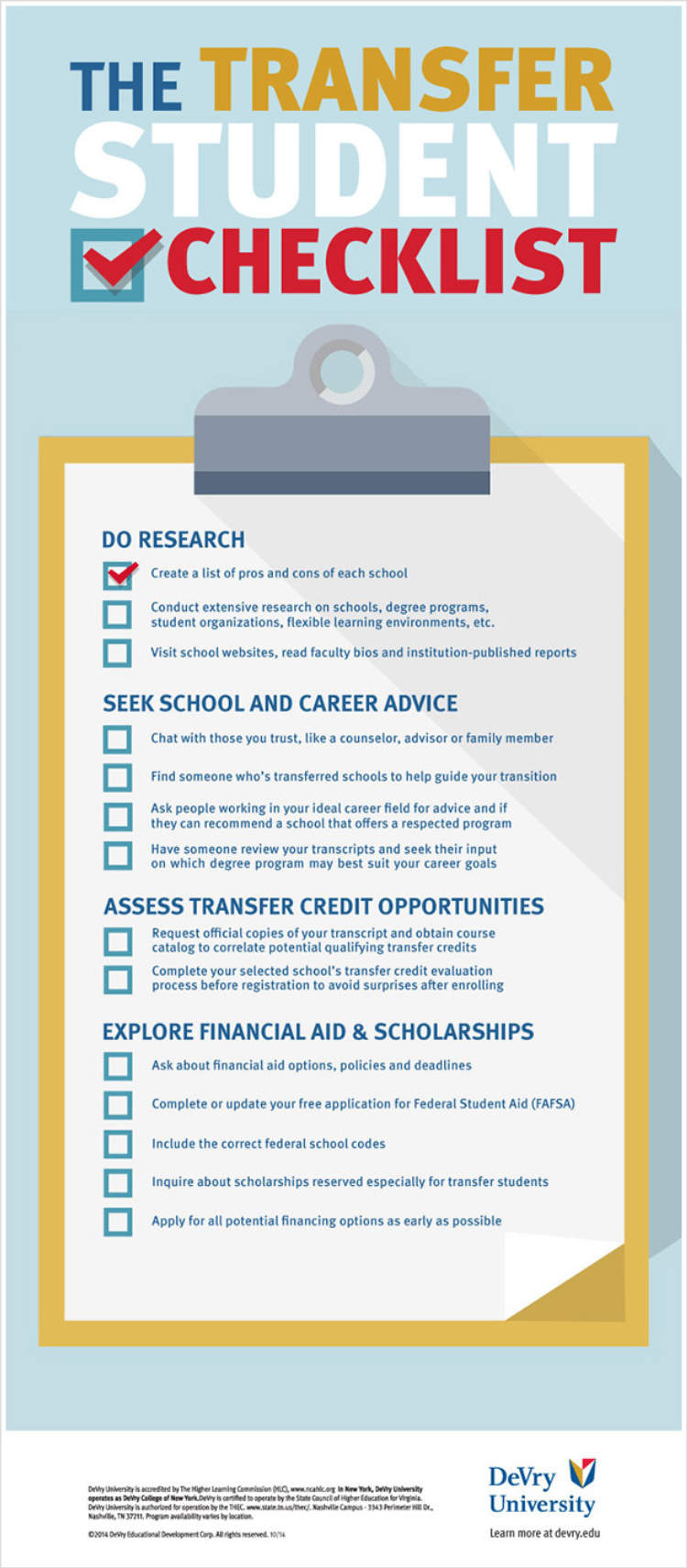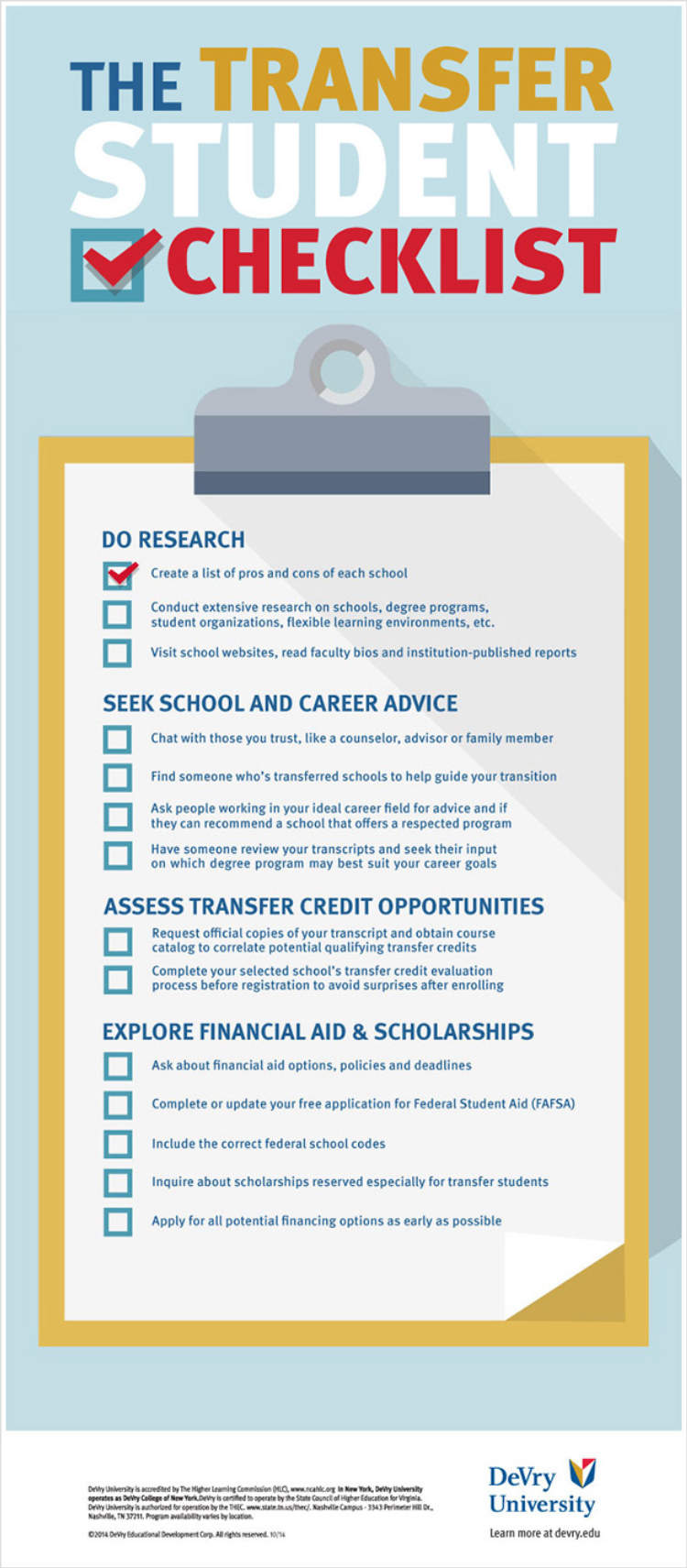Transferring from one school to another can be an intimidating and confusing process. It’s especially true for US college students, given the diversity of the college landscape and the unique complexities inherent in the student transfer process. To get a better grasp of the process, it’s important to understand the basic steps and how they fit together in the overall transfer process.
The Comprehensive Guide to the US Transfer Student Process can help students understand the various steps involved in transferring and point them towards helpful resources. This guide takes a comprehensive look at all aspects of the transfer student process from choosing a school to navigating the paperwork and timelines. It provides a one-stop shop for students wanting to successfully transition from one college to another.
Understanding the Transfer Student Process
Transferring from one college to another is a big decision.
For those considering the transfer process, it is important to understand the different steps involved in transferring from one school to another. This comprehensive guide to the US Transfer Student Process outlines the steps you’ll need to take and the resources available to help you make a successful transition.
The transfer process involves an evaluation of your current credits, academic and extracurricular records, and any applicable coursework you’ve taken outside of the college system. After that, you will be matched to the right college and program based on your credentials.
The US Transfer Student Process is divided into three main steps. These include:
- Evaluation: Evaluating your current credits, academic and extracurricular records, and any applicable coursework you’ve taken outside of the college system.
- Placement: Matching you to the right college and program based on your credentials.
- Application: Submitting the necessary documents to start the application process.
Each step in the process is important and requires careful consideration. Taking the time to understand the transfer student process will help you make the best possible decision for your academic and career goals.
Choosing the Right University

The process of researching and selecting potential higher education institutions can be intimidating and overwhelming for transfer students. With so many options and factors to consider, the decision-making process can become emotionally and mentally draining. To help make the search easier, transfer students should consider the following factors when choosing the right university.
Factors to Consider
- Program Offerings: Make sure the university offers degree programs that align with the student’s academic and professional goals.
- Cost of Tuition: Understand the cost of tuition for different colleges, universities, and programs; compare the tuition and fees associated with each institution.
- Location: Consider the distance from the university to the students’ current home and the proximity of different amenities near the university.
- Student Services: Before deciding on an institution, review the range of services available to the students, such as academic assistance, career services, financial aid, extracurricular activities, and more.
- Accreditation Status: Choose an accredited institution that will provide access to quality education and allows students to transfer or apply for graduate school.
By taking the time to review and consider each of these factors when choosing a university, the transfer process can be much easier. Always make sure to research each university carefully before making an ultimate decision.
The Application and Selection Process
The transfer application process can vary depending on the school you wish to attend. However, here is a general overview of how it works for US transfer students.
The first step is to complete any necessary application forms, which will typically include things like academic records, essays, and letters of recommendation. For some universities, you may need to apply through a dedicated transfer program or specific portal.
Once you have completed and submitted your application, it will then need to be reviewed by the admissions committee. The committee looks at your history of academic excellence, as well as other factors like extracurricular activities, employment, and community involvement. The committee will then make a decision on your eligibility for admission.
If your application is approved, you will receive an official letter of acceptance with instructions on how to proceed. This will usually involve steps like attending an orientation session, enrolling in courses, and arranging for any necessary housing and paperwork.
The committee may also require additional reports or interviews before they can make a final decision. In this case, your application will be flagged as “pending”, and you will need to provide the necessary information before it can be processed.
Ultimately, it takes diligence and attention to detail to be successful with the US transfer student application process. Additionally, being open to feedback and criticism throughout the process can be helpful in terms of staying on track with the requirements and expectations of American universities.
Conclusion
Overall, the US transfer student process can be complicated, especially if you’re new to the system. However, by following the checklist outlined in this guide and putting in the necessary effort, the process can become much easier. Have all the required documents ready and take the time to research the institution you wish to attend to ensure a smooth transition. Good luck!
With a successful transfer phase, a lot of opportunities await the US transfer student. These include access to better resources, a balanced academic or professional life and the chance to learn and grow as an individual. Keep in mind the major advantages and the relevant checklist points to have a successful transition and to reap the most out of the experience.




